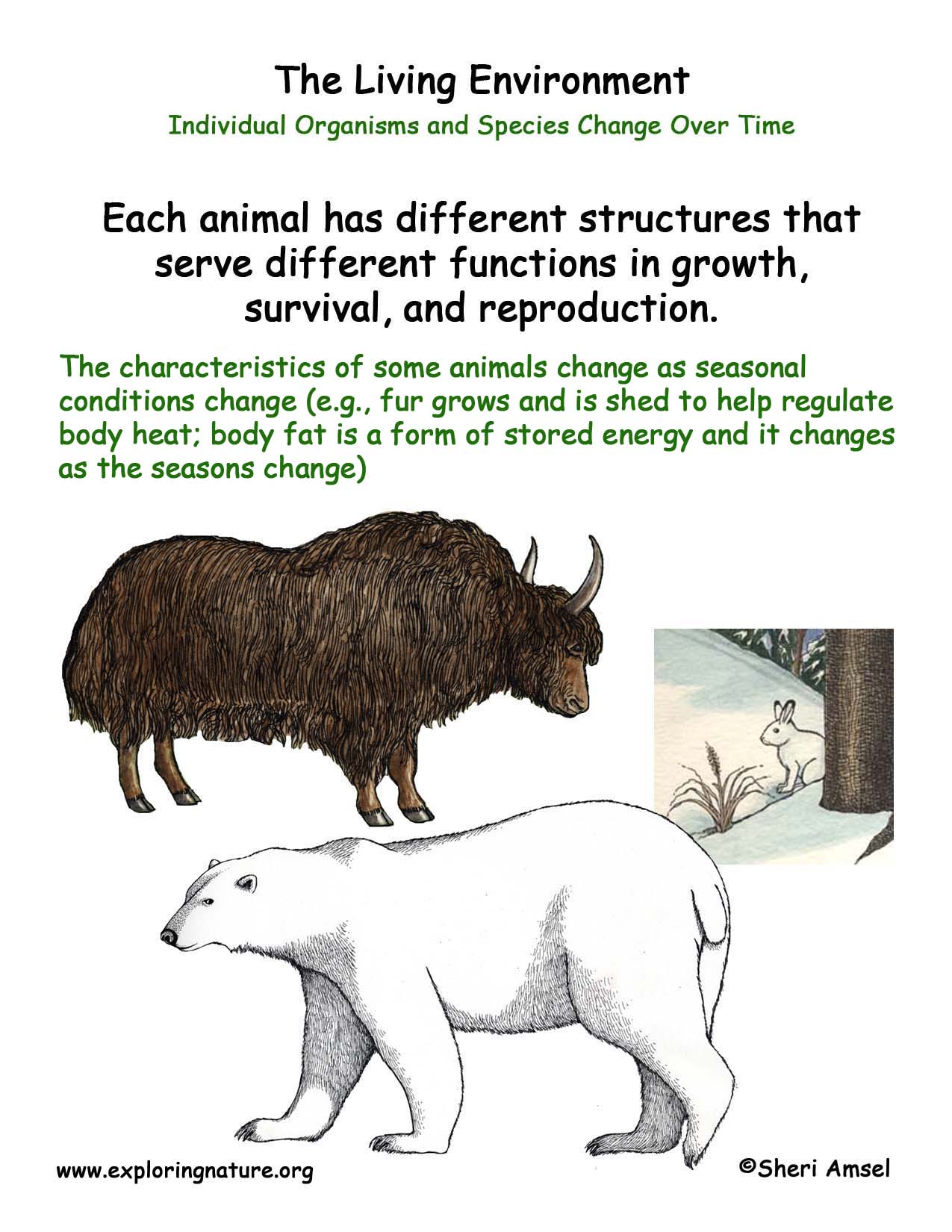

A striking detail of all the species that make up the abyssal fauna is that they are clearly carnivorous. How do animals survive in the abyssal zone? And yet it is the area that we least know. The viperfish, for example, has a hinged skull that can rotate upwards so it can eat large fish, as well as a large stomach to store plenty of food and a set of fangs that look ferocious to chomp down on its prey. Their ability to adapt and survive in the depths of the ocean is a testament to the incredible diversity and resilience of life on our planet. These species are all adapted to life in the deep ocean, with specialized physical characteristics that allow them to survive in this harsh environment.ĭespite the challenges posed by the abyssal zone, these fish species have found ways to thrive in this extreme environment.

In addition to lanternfish and snailfish, a number of other fish species can be found in the abyssal zone, including the deep-sea eel, the fangtooth, and the viperfish. Snailfish are often found in large schools, and are an important part of the food chain in the abyssal zone. These small, translucent fish are well-suited to life in the deep sea, with a slimy, gelatinous body that allows them to move easily through the water and a high tolerance for the extreme pressures found at these depths. Lanternfish are adapted to life in the deep ocean, with large eyes to help them see in the darkness and bioluminescent organs that they use to communicate and attract mates.Īnother common fish species found in the abyssal zone is the snailfish. These small, slender fish are found in great numbers throughout the abyssal zone, and are an important food source for larger predatory species. One of the most well-known fish species that inhabit the abyssal zone is the lanternfish. Despite these challenges, a number of fish species have adapted to thrive in the abyssal zone. It is a harsh and inhospitable environment, with high pressure, extreme cold, and complete darkness. The abyssal zone, also known as the abyssopelagic zone, is the deepest part of the ocean, typically found at depths of 4,000 meters (13,123 feet) or more.


 0 kommentar(er)
0 kommentar(er)
